On production farm Fruchthof Hensen, in the deep south of North Rhine-Westphalia, fresh strawberries will thrive for about 8 months a year. Whether in the field, tunnel, greenhouse or on racks: there is a suitable cultivation technique for every season and weather type. Despite the many challenges of today's industry, Germany's food retail will be supplied with plump fruits from Swisttal throughout the campaign. 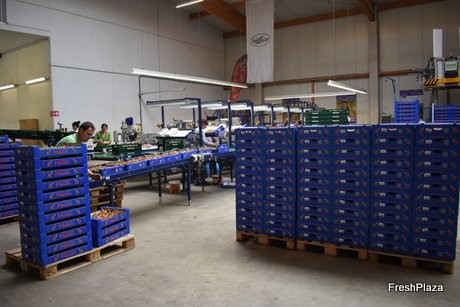
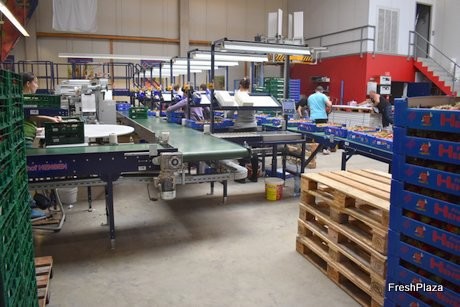
After harvesting and preparation, the fresh fruits are packaged in the packing station. The common units in the food retailer are 400 and 500g trays. Furthermore, a small part of the proceeds goes to Austria and ends up mainly on the large market in Vienna. However, with a total sales volume of approx. 95%, food retailing is by far the largest mainstay of the producer.
The main variety in the current cultivation is the well-tried Elsanta. But on the racks, modern varieties such as the Florina are cultivated as well. The harvest of the early varieties in the field is now definitely finished, reports Hensen. "We have already tested the new Limalexia variety in cultivation, but it is extremely mildew-prone, as it turned out. However, we will try the fruit again in the greenhouse in the autumn." There is no variety in modern cultivation that really stands out. "The growth and quality of each variety depends heavily on the weather. The quality is crucial in any case, especially in the food retailing," says the experienced grower, who took over the firm in 2016. 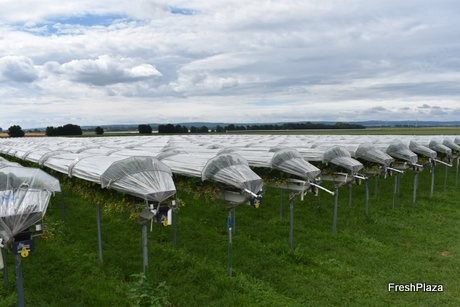
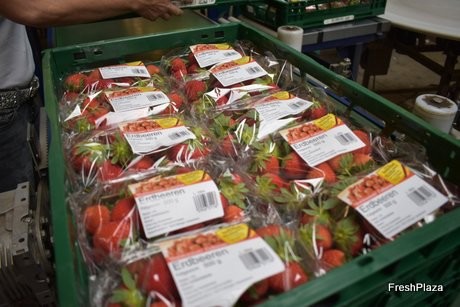 Fruchthof Hensen has been working closely with major group San Lucar for almost 20 years, but it is still an independent company. The family still enjoys the partnership a lot, confirms Hensen.
Fruchthof Hensen has been working closely with major group San Lucar for almost 20 years, but it is still an independent company. The family still enjoys the partnership a lot, confirms Hensen.
Tough competition
In addition to the steady development of new high-quality and high-yielding varieties, the harsh competition between the individual producing countries should be mentioned, Hensen. "The competition with the Netherlands is mainly made by the food retailing. However, the Netherlands are already more investment-friendly than Germany. The German industry is more conservative in that sense."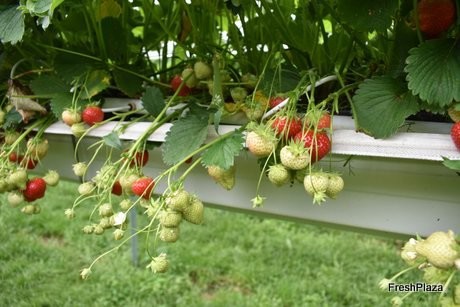
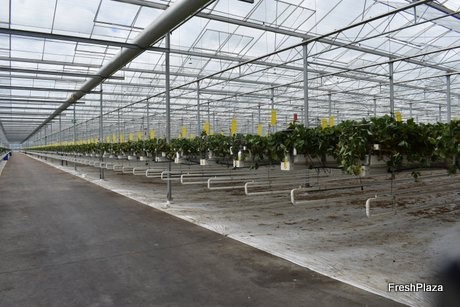 Where once the pome fruit flourished, there is now a 7-acre greenhouse. About 3 weeks ago, the harvest of the greenhouse strawberries was finished. Only in the autumn, the first greenhouse goods will be harvested again. A third crop in the summer is out of the question, Hensen says. "We've tried this several times in the past, but the final trade prices are just too high."
Where once the pome fruit flourished, there is now a 7-acre greenhouse. About 3 weeks ago, the harvest of the greenhouse strawberries was finished. Only in the autumn, the first greenhouse goods will be harvested again. A third crop in the summer is out of the question, Hensen says. "We've tried this several times in the past, but the final trade prices are just too high."
Hensen sees great competition with the southern European producing countries, especially in the early part of the season. "At the beginning of April, every greenhouse producer will get going and Spain will be very strong on the market. As a result, the market is totally oversaturated at that time, so price levels are never normal. Later in the season we then experience a little less price pressure."
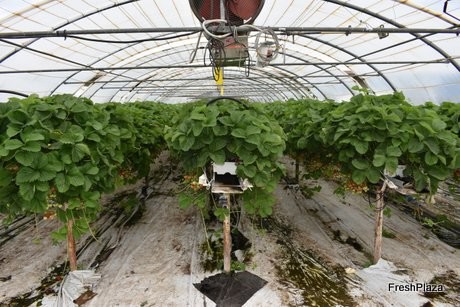 Currently, German products are in direct competition with those from the Netherlands. At the beginning of the season (around March-April) Spain is still fully represented on the market. Hensen: "From March, the quality of the Spanish product will be down significantly, but if they eventually develop a good variety in the early range so that they can extend their season, we would have a big problem. This is why we need to continuously develop our own variety range."
Currently, German products are in direct competition with those from the Netherlands. At the beginning of the season (around March-April) Spain is still fully represented on the market. Hensen: "From March, the quality of the Spanish product will be down significantly, but if they eventually develop a good variety in the early range so that they can extend their season, we would have a big problem. This is why we need to continuously develop our own variety range."
Satisfactory market situation
Marketing had gone pretty well in the previous campaign, Hensen adds. "After Pentecost, supply and demand will keep their balance. The kilo prices for outdoor goods will move within the normal ranges, say, by 3 euros. We are trying to sell the fruits grown on racks at a surcharge of 0.50 euros because of the higher production costs and better shelf life. Overall, the prices are quite average, although ideally we could earn between 0.10-0.20 euros more per kilo."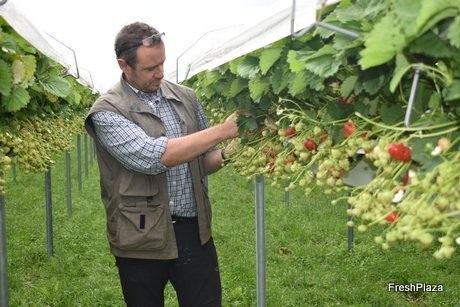
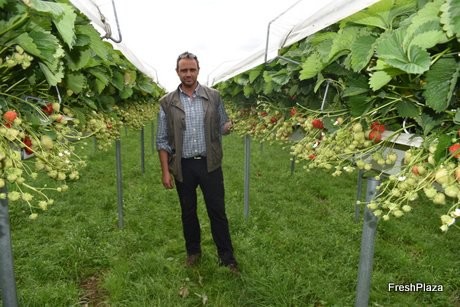 Ralf Hensen between the racks which are in use on approx. 10 ha. "The question of irrigation for this kind of cultivation is quite a challenge. Fortunately, we are well-positioned, locationwise. In addition, I also believe that the variety range will change slowly. On fields that have been used for a long time, Dutch strawberry varieties do not work as well as the Italian fruit varieties," says Hensen.
Ralf Hensen between the racks which are in use on approx. 10 ha. "The question of irrigation for this kind of cultivation is quite a challenge. Fortunately, we are well-positioned, locationwise. In addition, I also believe that the variety range will change slowly. On fields that have been used for a long time, Dutch strawberry varieties do not work as well as the Italian fruit varieties," says Hensen.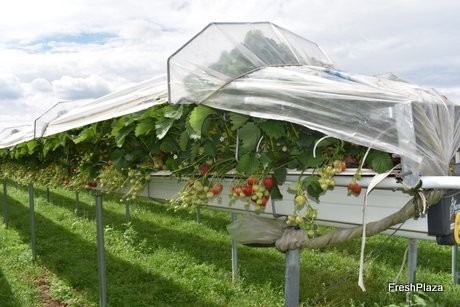
For more information:
Fruchthof Hensen
Ralf und Irmgard Hensen 
Tel. 02255 8219
Fax 02255 953099
E-mail info@fruchthof-hensen.de
www.fruchthof-hensen.de
www.facebook.com/emilerdbeere/
